Coming off of a 30–1 season in which they were a top seed in a canceled NCAA Division II tournament, UC San Diego’s men’s basketball team will open its inaugural season in the Big West and Division I on Jan. 1. With the pandemic complicating the runup to the biggest season in the team’s history, The UCSD Guardian sat down with head coach Eric Olen over Zoom on Nov. 25 to talk about his team’s past and future. The following transcript has been lightly edited for readability and length.
After having one of the best seasons in school history last year, what was it like not having the opportunity to move into the postseason, and what was your message to your players?
It was disappointing. I think we were all excited about the opportunity to see what an NCAA tournament would look like for that group. We felt like we were capable of going pretty far and having success, based on the level that we played at and the kind of team we felt like we had. So it was disappointing to not get the opportunity to find out, and I think we’ll always have that “what if” feeling.
But my message to them was more of a congratulations and thank you for the time that we did have because it was a special group, and they accomplished everything they could possibly accomplish and some things were out of our control. [I was] really proud and thankful for all the work that they put in, and to the seniors that helped build the program to the level that we got it to. It was mixed emotions for sure, and a difficult finish to what was an otherwise pretty great season.
How has the pandemic interfered with your team apart from the lack of games, such as conditioning, strategy, or recruiting?
Everything has changed. From that day when we found out the tournament was cancelled, finals went online, [after] spring quarter everyone went home, I didn’t see the players in person for what ended up being six or seven months. They had varied conditions in which to try to work on their game and their fitness, so depending on where they were and what they had access to, it was a pretty wide range of things for them. And all of that was a constant challenge trying to stay connected via Zoom meetings and all those things that we’ve all been doing for the last eight or nine months.
We have all those same challenges that everyone had and then we were fortunate to be in a situation where we were able to create a safe environment for them to come back. We spent a lot of time practicing in masks and staying socially distant and, you know, you run out of shooting drills with no defense and different things to do if you’re trying to stay six feet apart and play basketball. We’re fortunate to progress and have the resources to again have the testing and the environment to keep them safe enough to progress to real practice, and so that’s been nice, to give them the opportunity to really compete and shake some of the rust off. So, it’s an ongoing challenge, but we’re just taking it day by day.
What does a socially distanced basketball practice look like?
So initially that’s where we started; when we first returned we started with everyone staying six feet apart and wearing their masks the whole time. We did that for several weeks before we progressed in early November to full-contact practice, where they’ve taken their masks off, but we’ve increased our testing to do that. We’ve created a cohort, so to speak, where there are only certain players, coaches, athletic training, or strength conditioning people allowed in the arena while their masks are off.
Each time we progress the protocols change for exactly what we’re doing, and then we try to execute those to create a safe environment. So guys that come in are wearing their masks, they go to their chair where they sit down and change, and up until they literally walk out onto the court their masks are on. Then they take them off, we practice, they go sit down, the masks are back on. So other than the actual practice, they’re still keeping their masks on all the time. But we’re at real practice now. So that part has been good — our enthusiasm to practice is at an all-time high. So that part’s nice.
Moving to the Big West, have you had to do a lot of research about the new set of conference opponents you have, and what has that process looked like?
We watched some film — that was one of the things we did with the time in the offseason. We were able to watch quite a bit of film on some of those opponents, and we’ve played some of them; we had a closed door scrimmage with Long Beach State, we played an exhibition with Irvine, we’ve had other past exhibitions, so there’s a little familiarity. But it will definitely be a big change for us from a preparation standpoint.
I spent as a coach — and I don’t want to do the math or say it out loud — but I think it was 16 years in the CCAA, so just some of the little things you take for granted like staying in the hotel, knowing how to get to places, those little logistical things that become second nature after you’ve done it for a few years will all be new for us and for the players, so that part will be an adjustment.
But everything is so different this year with the schedule and playing the same team back-to-back, and it’s all kind of brand new, a different scenario for everyone. Hopefully that’ll make it a little easier since everything will be so new for us.
We were able to add an additional coach in the offseason to our staff who has some experience in the Big West, and I think that will be really valuable for us. We also had our players watch film too, since they don’t get to play in a game when we couldn’t get in the gym. We were watching film as a group and having the players dive into a little more of the coaches’ side of scouting reports and talking about some of the players. We’re just trying to prepare any way we can for something that’s basically brand new for us.
How do you feel about the postseason moratorium you’ll be under for the next four years, and how do you keep the team motivated despite that?
For us our ultimate goal is always that we’re trying to reach our best basketball in terms of our progression and development, and we feel like the results will take care of themselves from there. Obviously, we want to play in the postseason and we’re not eligible for the NCAA Tournament or the Big West tournament. But there are other postseason basketball tournaments that are played that we are eligible for — the CBI [College Basketball Invitational] and the CIT [CollegeInsider.com Postseason Tournament] are potential tournaments we could play in. Obviously, again, this is a different year and I don’t know that those tournaments will happen in this season, but in the future those would certainly be things that we would identify as events we’d like to qualify for and earn an opportunity to participate in.
It must be sort of bizarre to go from 30–1 and a 1 seed in the national tournament to being the underdogs and having to face much more competition. How do you manage that transition both on and off the court?
I think that will be one of the big things for all of us, that transition from the level of success that we were having to the potential to not have success at that level, and how we deal with the disappointment, how we respond to the adversity if and when that comes up. I think it’s a big challenge, and so that’s something that mentally will be part of our progression.
The players in the program haven’t been around, but my first couple years as the head coach here, we weren’t quite at that level in terms of where we fell in the CCAA, and we certainly weren’t relevant nationally. So we had to progress, get better, and build things, and we had a good young core that we were able to build around and develop. They got opportunities early to play a lot as young guys, and then they got better together, and I think we have the start of that now. We have some young guys that I think are going to make an impact and we have a nice balance with some older guys. I like our group and it’s something that we’re going to hopefully build and climb the ladder all over again.
It’s a different challenge than what we had last year. Last year the expectation was to win or have success on every single night, and with the other team, we’re getting their best shot every time because we’re circled on the calendar. I thought last year’s team was fantastic in their maturity and approach, and they handled it all great. That was a big part of our success. And now we’re on the other side of that, where we’re the ones going in with a chip on our shoulder trying to knock everybody else off. So we’ll just kind of approach it one game, one weekend at a time with the same opponent on each weekend, and see if we can make some noise and get better, but we’re also taking kind of a long view of where we want to be, and building the program all over again in a sense.
What are your goals for the season — what will it take for you to conclude that it was a successful year?
When I look at our team every year I never circle a certain number of wins, or an accomplishment, or any kind of result that would define our season. We talk about getting better every day, the work ethic and approach that it takes to accomplish that, and focus on more of the process than the result. We feel like if we just keep working towards our best basketball, that the results will take care of themselves, and for us it’s just how close can we get to our best basketball and we’ll live with whatever results we end up with.
Photo courtesy of Derrick Tuskan / UC San Diego Athletics


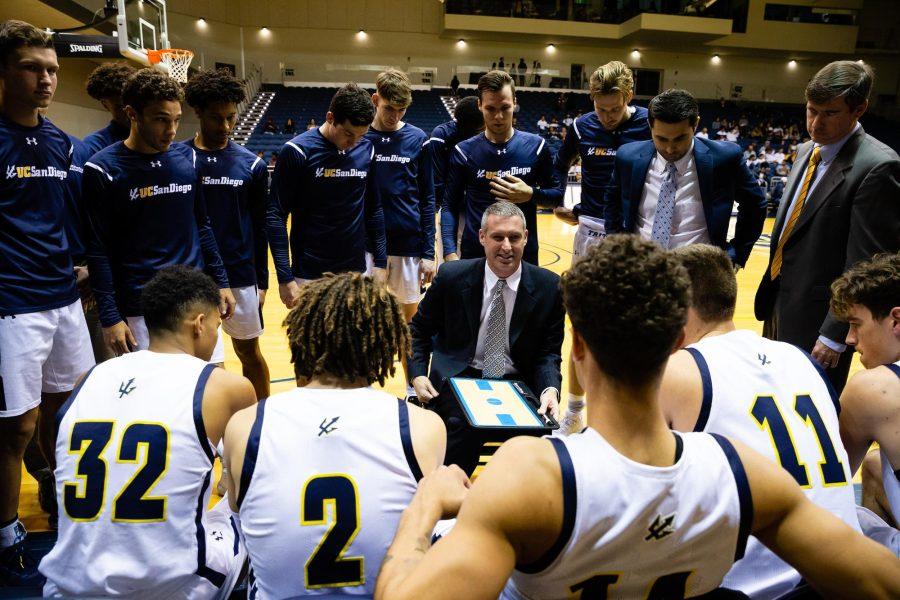
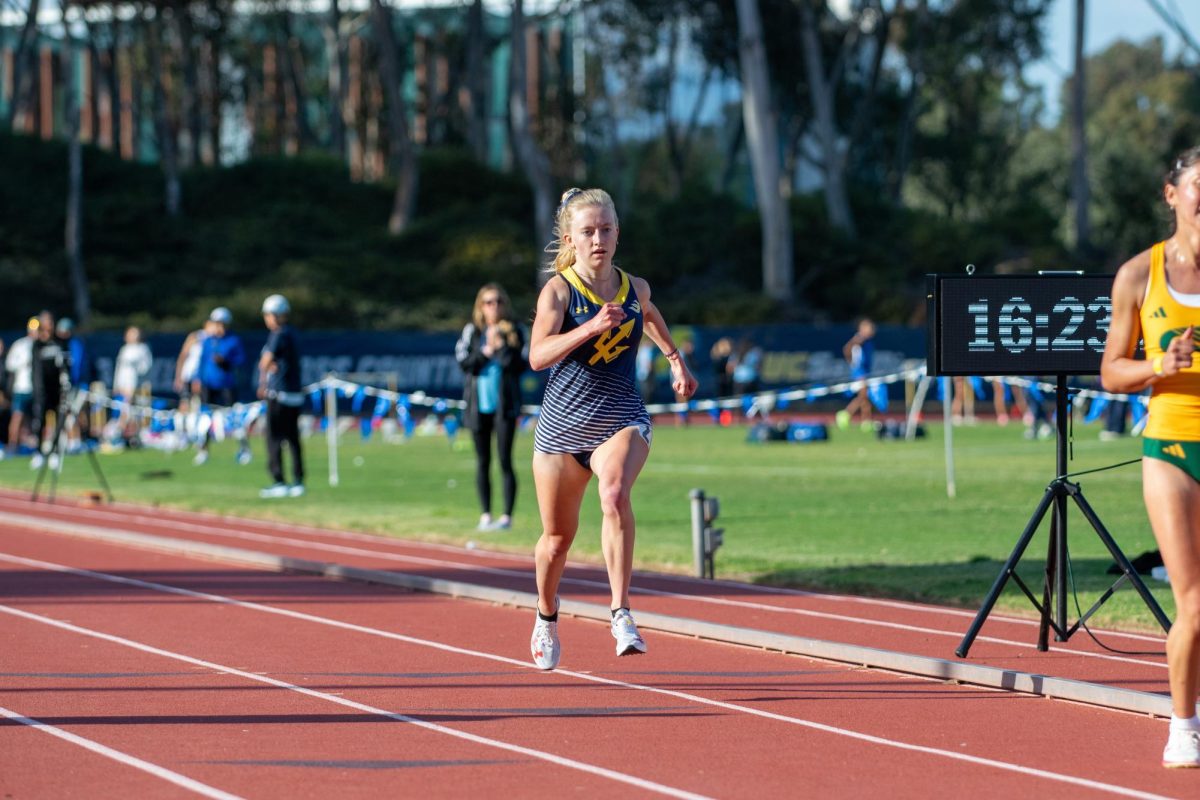
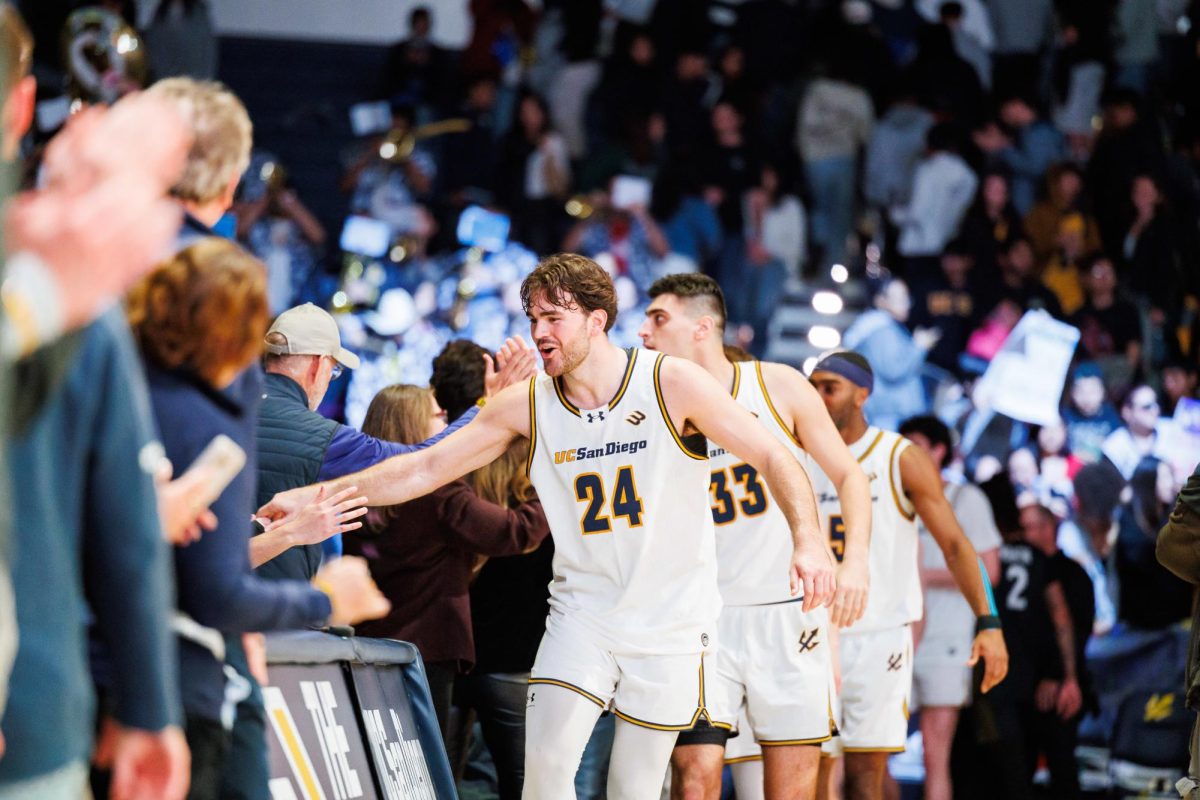
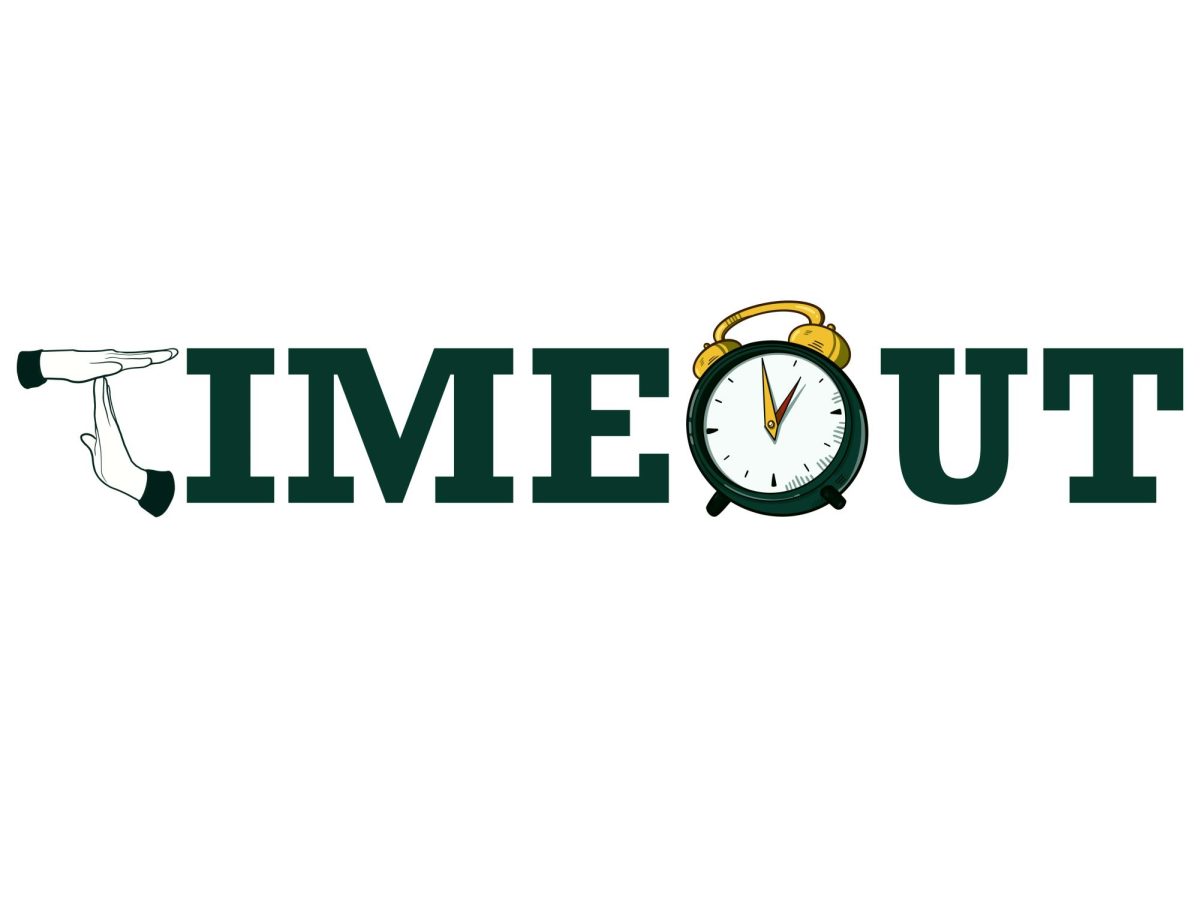
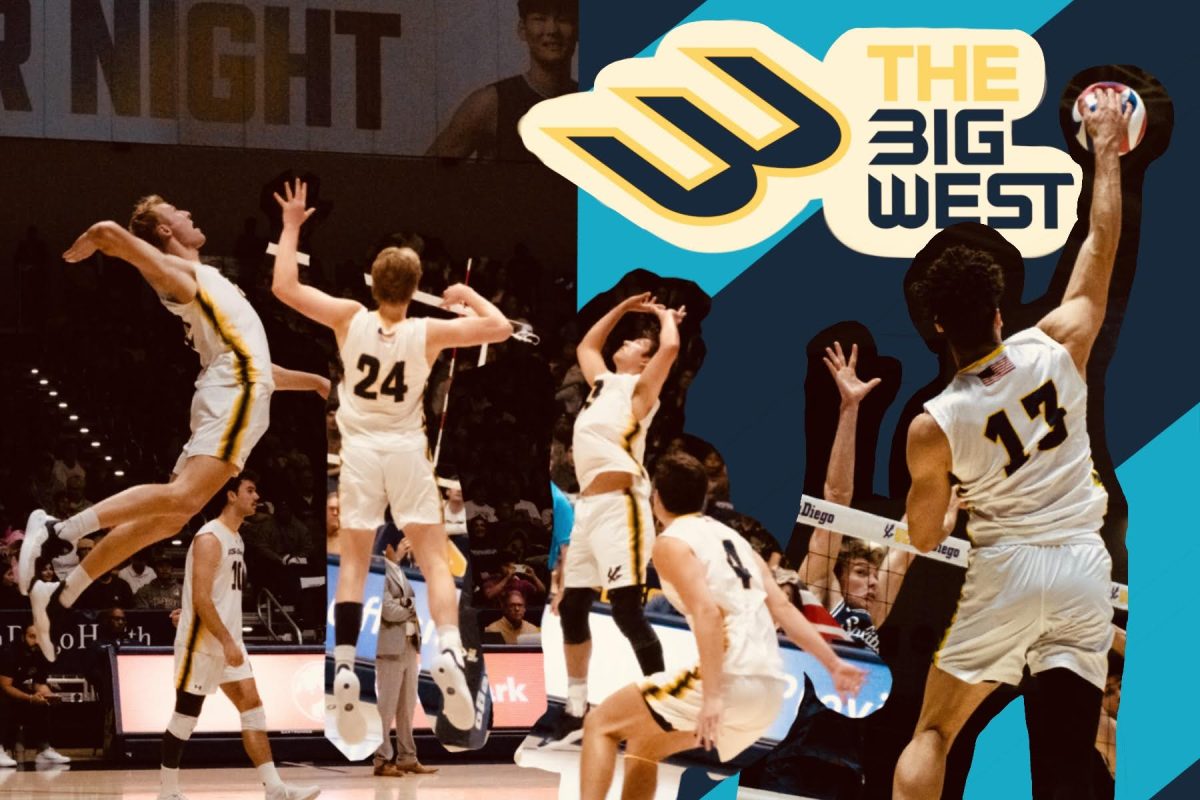
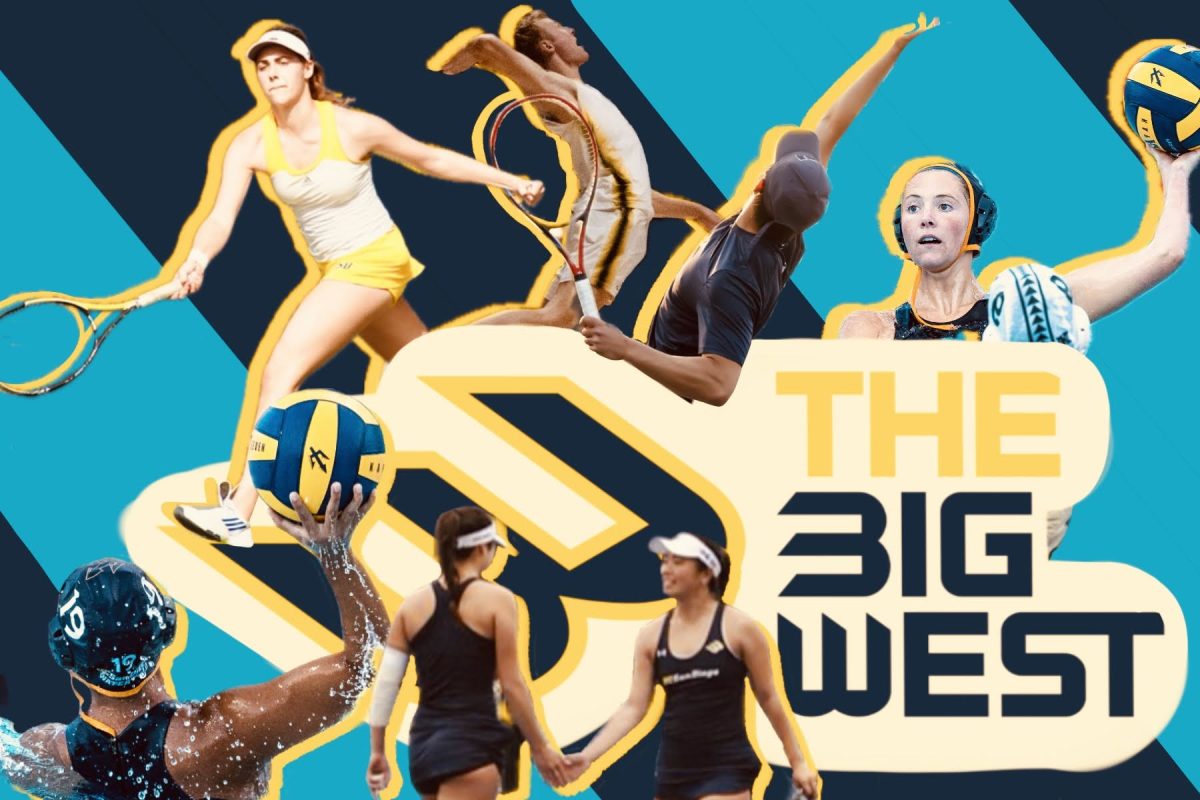
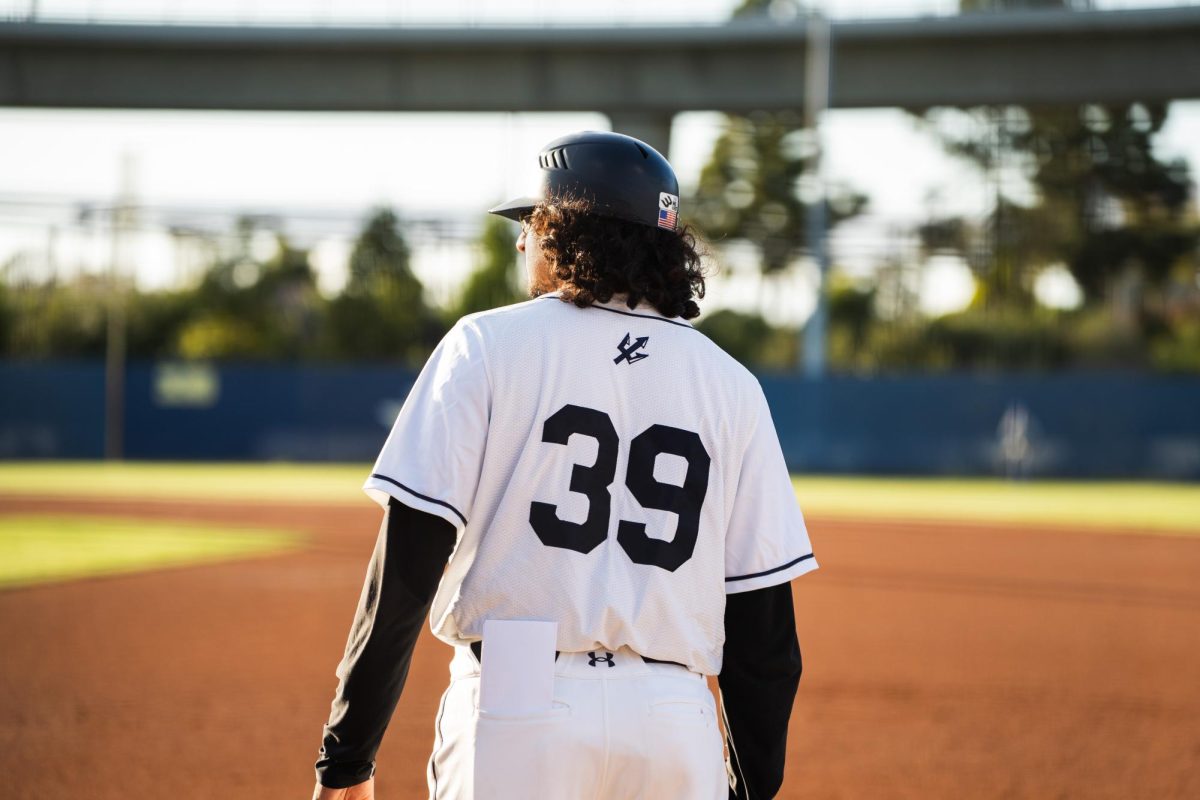
Joseph • Dec 6, 2020 at 9:13 am
The sport is going through hard times. But I read an interesting article here https://diario.mx/escaparate/jose-eshkenazi-examina-lo-que-estan-haciendo-los-especialistas-en-marketing-deportivo-para-impactar-a-los-fanaticos-20201113-1730558.html about tools for its development. Simple sports marketing has many advantages, so it is actively used. With its help, you can have good earnings. If you have a good marketing plan and the competition is not very strong, it can work wonders. However, only advanced marketing can provide maximum earnings. It is usually used by ambitious people.